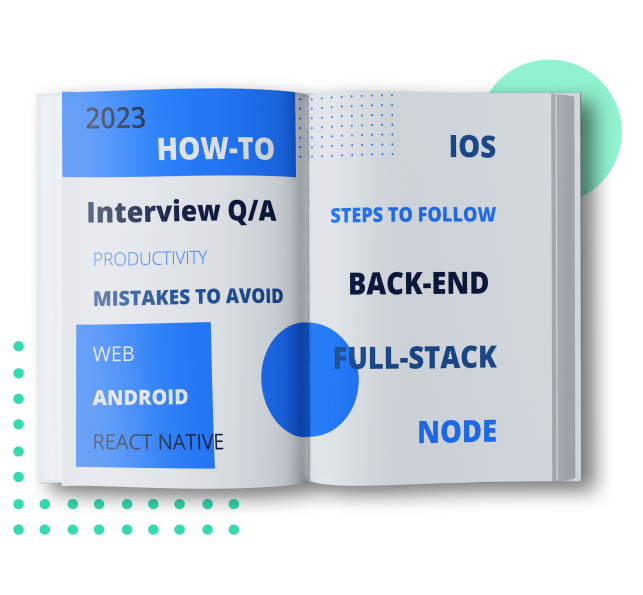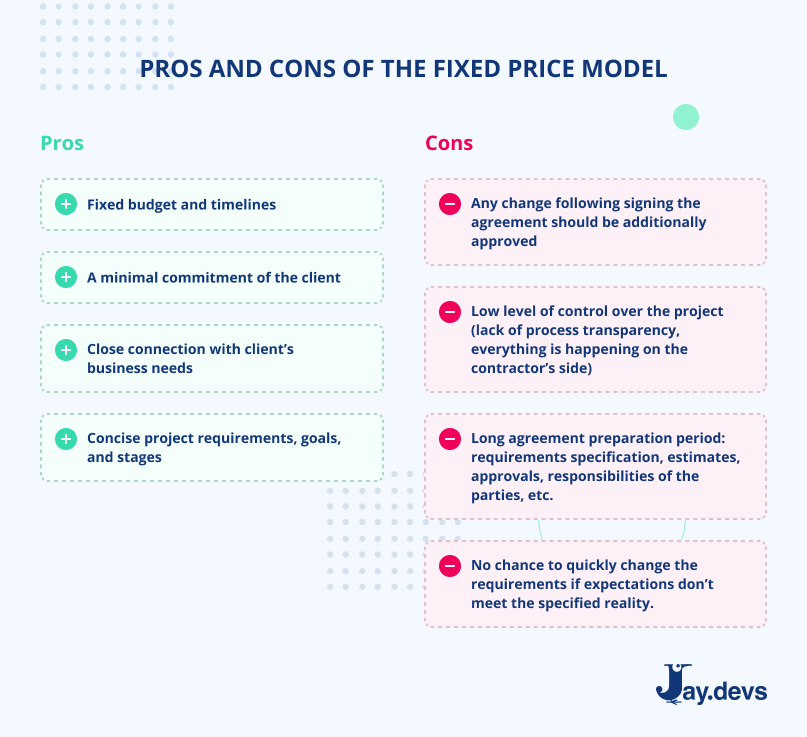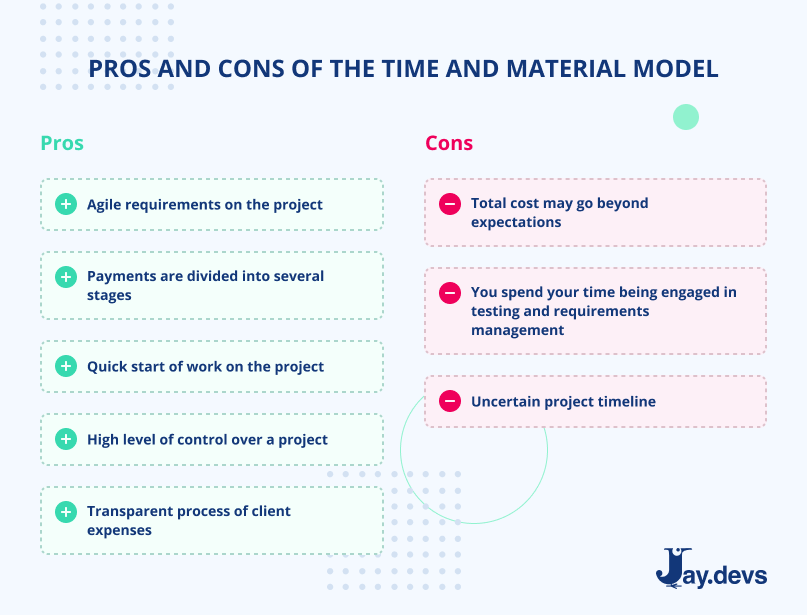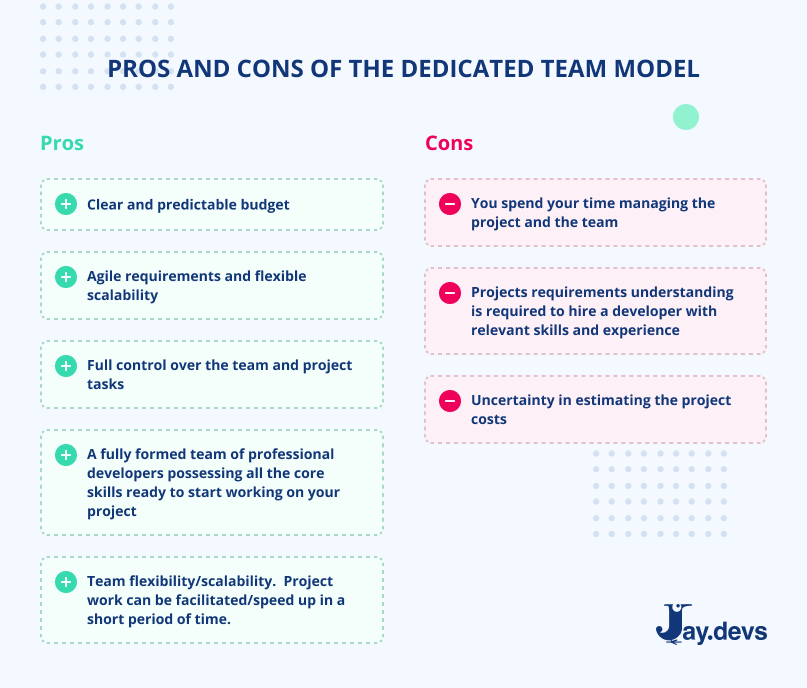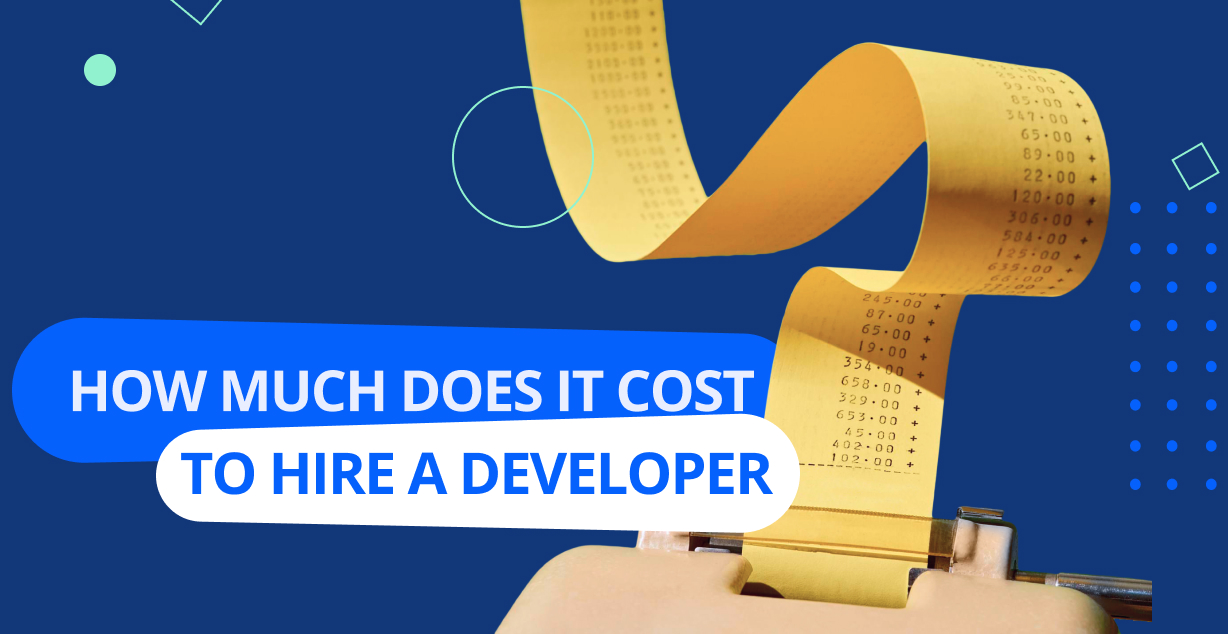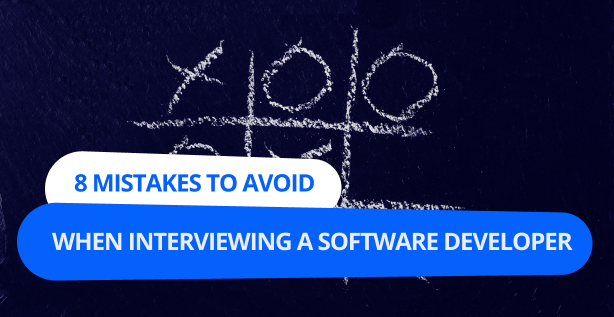In the IT industry, a pricing model stands as one of the most important factors in cooperation between clients and IT service providers.
Pricing models define contract types, as they shape the cost of services and the amount of work for project development. Therefore, choosing the right pricing model for your project should ensure a balance between quality expectations, project timelines, efficiency, and overall cost.
To assist you in making an informed decision, this article covers the nuances of four key project pricing models: Fixed Price, Time and Material, Dedicated Team, and the Mixed pricing model. Here, we’ll navigate the scenarios where each model finds its ideal application and discover the associated pros and cons.
Understanding the Importance of IT Pricing Models
Before we dive into different pricing models, let’s take a moment to understand how these models can influence project management and partnerships with software vendors.
1. Cost Predictability: IT projects can be intricate, and their costs can spiral out of control if not managed properly. The appropriate pricing model is the key to establishing clear cost parameters, ensuring that your project remains firmly within the defined budget.
2. Adaptability: IT projects are often subject to evolution. Client companies may discover new requirements or need to pivot in response to changing market conditions. In such cases, the chosen pricing model should seamlessly accommodate this need for flexibility.
3. Resource Management: Depending on project specifics, businesses usually require varying amounts of resources. While product development from scratch might demand a dedicated team, other projects could be accomplished with several remote engineers or other professionals. In this regard, the right software development pricing models help to avoid overpaying for unnecessary resources or underestimating resource needs.
4. Risk Mitigation: A suitable pricing model should help distribute possible project development risks fairly between the client and the IT service provider.
Now that you understand the main aspects regulated by payment models let’s explore each of them individually.
Fixed Price Model
The Fixed Price model involves setting a predetermined budget for the entire project. Before embarking on cooperation, the client company and the contractor negotiate the scope of work, key project deliverables, possible risks, and other relevant factors.
This billing model provides the client company with a guarantee that a certain (fixed) volume of design work will be completed by a specified date, all for an agreed price.
What you pay for
With a Fixed model, you pay for the final result. The terms of work and costs are agreed upon in advance and clearly stated in the contract.
Any additional work requires prior approval and estimate. If approved for implementation, the delivery terms and the budget are updated.
Main stages of work with the Fixed Price model
- You send a request for project development.
- Collaboratively, you and the contractor align on all the details.
- The contractor sends you the final agreement with prices and project details.
- Before signing the contract, all the issues must be settled, and all the requirements to start the work should be met.
- Both parties sign the agreement, officially initiating the project work.
Note: The FP model implies the management and testing of the project by the contractor, which is included in the overall cost at the approval stage. As a result, the client receives interim deliverables (if required) and is actively involved in the acceptance of the version close to the release.
When does the Fixed pricing model suit you?
- You possess technical documentation for the project, such as functional specifications or design style guides. If you lack such documents, you may need to develop them either independently or with the contractor’s assistance;
- You are confident that project requirements have been thoroughly defined and are unlikely to change in the future;
- Your project has tight and strict deadlines (less than two months) and requires limited functionality, possibly it is an MVP (Minimum Viable Product);
- You have a constrained or strictly fixed budget. However, it’s important to note that not all desired features may align with your budget limitations, so careful prioritization is essential;
- You prefer limited involvement in a project and would like to outsource it entirely and receive the final result from the contractor.
Time and Material Pricing Model
The Time and Material model involves paying for the actual time spent on the project.
What you pay for
With the Time and Material model, you pay for the number of hours worked by developers to fulfill a certain task or a set of tasks. Project costs and timelines are estimated approximately.
Payments are made based on detailed reports on the completed tasks and hours spent.
Main stages of work with the T&M model
- You submit a request and provide project details.
- Together with the contractor, you access the scope of tasks and negotiate the project developmental stages to be included. As a client, you can change task priorities, introduce new tasks, and more.
- The service provider calculates the costs by multiplying man-hours by developer rates.
- Once an agreement is reached, both parties sign the contract, and work on the project begins.
- After an established working period or when a certain scope of tasks is completed, you make payment based on hours worked.
When does the Time and Material model suit you?
- You have a long-term project, and requirements will most likely evolve;
- Your project requires rapid launch; you wish to avoid the time-consuming process of documenting additional requirements that may emerge during project development;
- Your project is in the testing, technical support, or finalization phase, where flexibility is paramount;
- You prefer to have solid project control and engage closely with the project manager to discuss requirements and progress;
- You want to follow the development processes, i.e., get intermediate versions with finished functionality.
Dedicated Team Pricing Model
The Dedicated Team model involves hiring a team of skilled professionals or an individual specialist to work exclusively on your project. This team operates remotely from the contractor’s office while you maintain control over their work.
The DT model provides continuity, expertise, and flexibility in managing resources.
What you pay for
With the Dedicated Team pricing model, you pay a monthly salary or hourly wage to the developers employed. Usually, payments are made on a monthly basis.
Main stages of work with a Dedicated Team
- You send a request outlining job positions and the number of professionals required, along with a brief project description.
- Based on your requirements, the contractor shares a list of engineers, their CVs, and availability.
- You select preferred candidates and, if necessary, conduct interviews to assess their technical and soft skills.
- As you identify a suitable match, you sign the contract prepared by the contractor.
- The remote engineer or the entire team joins the project and starts working on the prioritized tasks in compliance with the project processes.
When does this project pricing model suit you?
- You need to bridge a gap within your existing team. For instance, you lack an onsite developer with specific technology expertise;
- You aim to reduce overhead costs like office rent, equipment, employee taxes, bonuses, and more;
- You need to assemble a development team quickly, which is challenging when setting up an in-house team.
- You are not certain about the final functionality and seek high project flexibility;
- You wish for continuous insight into the latest progress in project development and a clear understanding of what the money is paid for.

Pay-Per-Hire Pricing Model
The Pay-Per-Hire pricing model is a straightforward approach to hiring, where the client pays a one-time fee for each successful placement of a candidate within their organization.
Unlike other recruitment models where clients may pay ongoing fees for hiring services, the Pay-Per-Hire model involves a one-time payment structure, making it a cost-effective option for businesses seeking to fill permanent positions. Additionally, some Pay-Per-Hire agreements may include guarantees or warranties, such as a replacement guarantee if the hired candidate leaves the position within a certain timeframe, providing clients with added assurance and protection.
Note: It’s worth noting that in addition to the Pay-Per-Hire model, some recruiting companies may offer a Retainer fee option. Under the Retainer fee model, clients pay an upfront fee to the recruiting company to initiate the search for candidates. This fee is paid regardless of whether a candidate is successfully placed. The Retainer fee model is often used for specialized or executive-level positions where the search for candidates may require extensive time and resources.
What you pay for
Clients pay the recruiting company a fee for placing a candidate in a permanent position. This fee, usually based on the candidate’s monthly gross salary, is paid upon the successful hiring of the candidate.
The main stages of work with the Pay-Per-Hire
1. You provide the recruiting company with job descriptions and hiring criteria for the position you’re looking to fill.
2. The recruiting company sources, screens, and presents suitable candidates for the position.
3. You conduct interviews with selected candidates to assess their fit for the role.
4. Upon selecting a candidate, you extend a job offer and, upon acceptance, pay the recruiting company the placement fee.
5. The hired candidate joins your organization and begins working in the designated role.
When does this pricing model suit you?
- You have specific permanent positions to fill within your organization.
- You prefer a one-time payment structure rather than ongoing monthly fees.
- You’re seeking to minimize upfront costs associated with hiring and want to pay for talent acquisition only upon successful placement.
- You need to access a broader talent pool and leverage the expertise of a recruiting company to find qualified candidates.
- You prefer a streamlined and efficient hiring process, with the recruiting company handling candidate sourcing, screening, and presentation.
- You desire assurance and peace of mind with a replacement guarantee or warranty offered by the recruiting company, ensuring that you’re protected in case the hired candidate doesn’t work out.
Head-to-head Comparison of Software Development Pricing Models
We have covered the key pricing models in the IT industry: Fixed Price, Time and Material, Dedicated Team, and Pay-Per-Hire. To consolidate the above-mentioned information we have compiled a summary table for all four payment models:
Wrapping Up
The choice between IT pricing models depends on the needs of your project. When engaging with a vendor, consider all the aspects covered above: the complexity of your project, available budget, project duration, desired level of control, and more.
At JayDevs, we prioritize adaptability. This is why we offer our clients a highly flexible yet reliable blend of cooperation terms.
We provide dedicated developers, QA and DevOps specialists, lead engineers, and solution architects on demand. Additionally, we can assemble a project team tailored to your software development needs. To ensure exceptional flexibility, we present a Dedicated Team collaboration with the Time and Material payment approach. This means you can effectively manage the full-time or part-time involvement of JayDevs specialists in your projects and pay for the hours spent.
Reach out to us today to discover more about our services and start a productive partnership!
